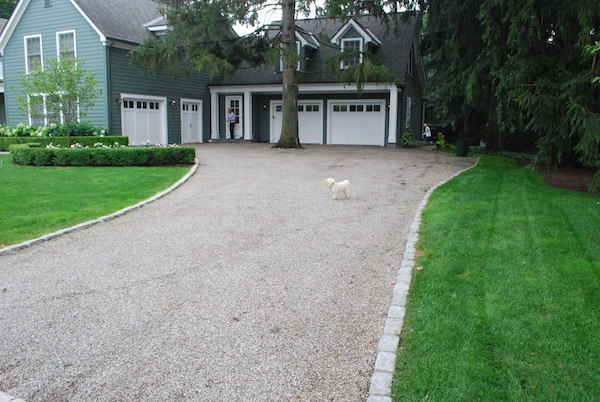Trustees Debate Historic Preservation and FAR Regulations
- Tuesday, 28 October 2014 20:10
- Last Updated: Tuesday, 28 October 2014 20:15
- Published: Tuesday, 28 October 2014 20:10
- Melissa Hellman
- Hits: 3880
 Historic Preservation and the FAR Regulation were hotly debated at a joint meeting of the Law and Land Use Committees of the Scarsdale Board of Trustees on Monday October 27. The Village Code regarding Historic Preservation and the question of whether or not gravel areas should be considered impervious surfaces provoked much discussion driving the meeting to over two hours.
Historic Preservation and the FAR Regulation were hotly debated at a joint meeting of the Law and Land Use Committees of the Scarsdale Board of Trustees on Monday October 27. The Village Code regarding Historic Preservation and the question of whether or not gravel areas should be considered impervious surfaces provoked much discussion driving the meeting to over two hours.
The Historic Preservation Law was the first topic discussed. The Board of Trustees and the Village staff are considering a more pro-active approach to identifying properties of historic significance. The concept is that the Village would hire a firm to conduct a comprehensive study of Scarsdale homes and identify which homes are truly historic using criteria from the New York State guidelines and the Board of Trustees. The consultants conducting the study would provide significant detail as to which whole property or which elements of a property are historic and why. Once a property was designated as historic, all changes, additions and/or renovations would have to be approved by the Committee on Historic Preservation (CHP).
Scarsdale Village conducted a less in-depth similar study a few years ago that would be used as a starting point for this new study. It is anticipated that the number of homes that would be designated historic would be less than 70. Homeowners with potential historic properties would have the right to appeal the designation with the Board of Trustees. Once the list was finalized, however, it would be the defining list of historic homes in Scarsdale to be used by the Village far into the future.
This idea is in the preliminary stages and the Village will be sending out an RFP to get a sense of the cost of such an undertaking. Village Manager Al Gatta thought the cost would be in the six-figure range (he didn't indicate high or low). Pending the receipt of proposals and details, there appeared to be a lot of support for the overall concept.
Trustee Stacey Brodsky made mention of the fact that if this program goes into effect, Scarsdale will essentially have no demolition law. If the process described above does not designate a house as historic, the owner will have the right to tear down.
In the interim, requests for demolition will continue in the usual manner with some slights changes described by the Board Of Trustees. The current process requires the initial review of the demolition request by the CHP and the appeal, if any, to be heard by the Board of Architectural Review (BAR). From now on, the Board of Trustees will hear appeals. Trustee Brodsky explained that in addition to the fact that she felt that CHP appeals should be decided by an elected body, the BAR should focus on what should be built, not what should or shouldn't be torn down.
The second topic on the agenda was a discussion of whether or not gravel should be considered an impervious service. Since gravel is currently considered as pervious, builders have been able to build larger houses (capitalizing on increased lot coverage ratios) on smaller lots by installing a gravel driveway instead of asphalt. The Village is very close to signing a contract with an engineering firm to conduct a study of the effects of changing this code including the consequences and plans for non-conforming building lots. The study is expected to take 6-8 months. At this stage, there was a lot of support for changing this regulation so that going forward gravel would be considered the same as asphalt and most people at the meeting seemed to believe the consultants' report would ultimately lead to that recommendation.
The lot coverage discussion segued into a discussion of the Floor Area Ratio (FAR) regulations and how to implement changes, if any, which would have impact on the preservation of open space in the village. The Board of Trustees is trying to address concerns that very large houses are being built on small lots consequently impacting neighbors and visually changing neighborhoods. The current FAR regulations were implemented in 2002. There was a tremendous amount of pushback from various constituents regarding the strictness of the proposed requirements when the current regulations were being brought into law. With this recent history in mind, the Board is realistically assuming that any changes it will be able to make will be somewhat incremental. How can they be sure that a small-scale, approvable change to FAR will have impact? Many different ideas were discussed including hiring an architect to create drawings of a mock Scarsdale street under the current FAR and a more restrictive FAR to help determine the impact and also proposed was the use of computer modeling using different FAR regulations. There was a lot of discussion of this very complex issue with no real resolution except that the Board of Trustees and the Village will continue to work together to study the current FAR requirements and determine the best way to move forward.










